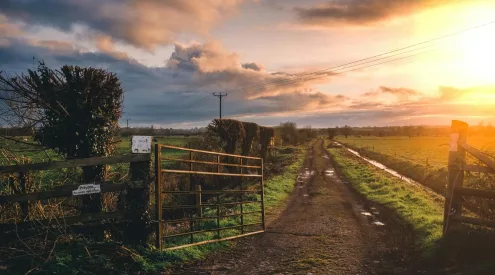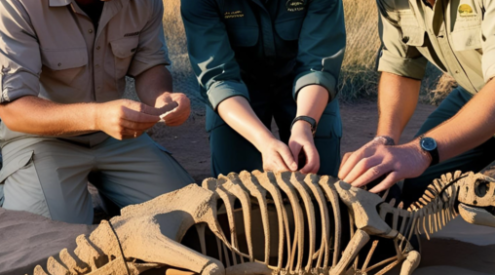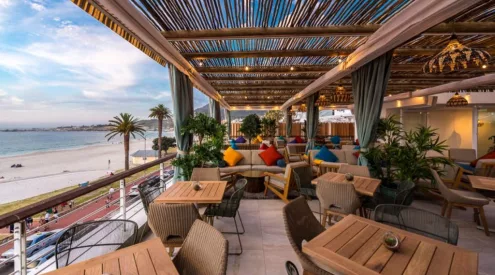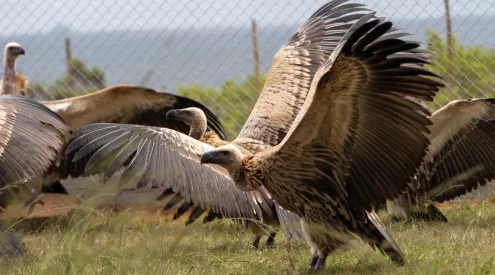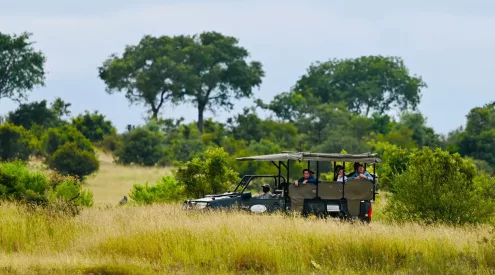The Indonesian government has decided to keep Komodo Island, home to the famous Komodo dragons and one of the country’s most popular tourist attractions, open next year after initially announcing a tourist ban for 2020. The entry price will, however, rise sharply from the current $10 (about R150) to $1,000 (about R1,500) for a full-year membership.
According to local newspaper Tempo, the previous announcement of the closure was ‘in response to the alleged smuggling case of 41 Komodo dragons sold abroad with the price of R500-million [about R500,000] each.’ The Indonesian government had taken steps in January 2018 to increase security on Komodo Island to protect the dragons which are endangered and protected by international law.
According to state-owned news agency Antara, in a meeting on 3 October, the country’s Coordinating Maritime Affairs Minister Luhut Binsar Pandjaitan said that ‘Komodo Island will not be closed. We will rearrange the island, in collaboration with the local government and related institutions. A restriction will be placed on the number of tourists to Komodo Island by rearranging its ticketing system.’
We’re on Komodo Island to see Komodo dragons, the world’s largest reptiles. This is Hercules. He is 3.2m long and weighs 100kg. pic.twitter.com/OEBHJrOrtf
— Getaway Magazine (@GetawayMagazine) October 8, 2019
The Komodo Island falls within the Komodo National Park, a UNESCO World Heritage Site that was established in 1980 to protect the Komodo dragon. The park comprises of the three bigger islands of Komodo, Padar and Rinca, as well as 26 smaller islands in the surrounding waters of the Sape Straights.
Komodo dragons are the world’s biggest reptiles and can grow to about 3m long. Komodo Island’s largest lizard measures 3.2m weighs over 100kg and has been dubbed Hercules.
Infamous for their venom, these carnivorous reptiles will eat deer, pigs, monkeys and won’t discriminate against humans either. After biting its intended prey, a Komodo dragon will follow the injured creature for kilometres, patiently waiting for the toxin to take effect. Once the prey is sufficiently weak (or dead), the dragon will feed. They are able to eat up to 80% of their body weight in one feeding.
Visitors watch Hercules, the largest Komodo dragon on Indonesia’s Komodo Island, from the safety of a cafe. pic.twitter.com/2m1Znpmacd
— Getaway Magazine (@GetawayMagazine) October 8, 2019
Featured image: Radhi Rachdian


